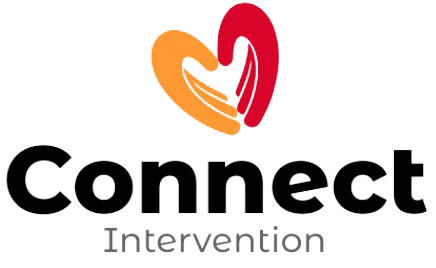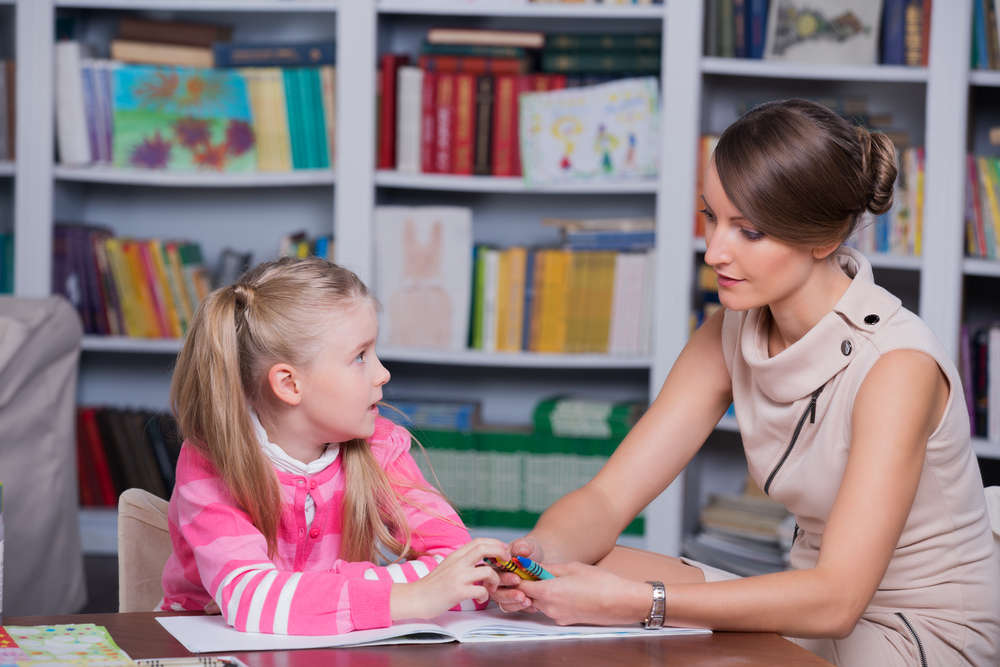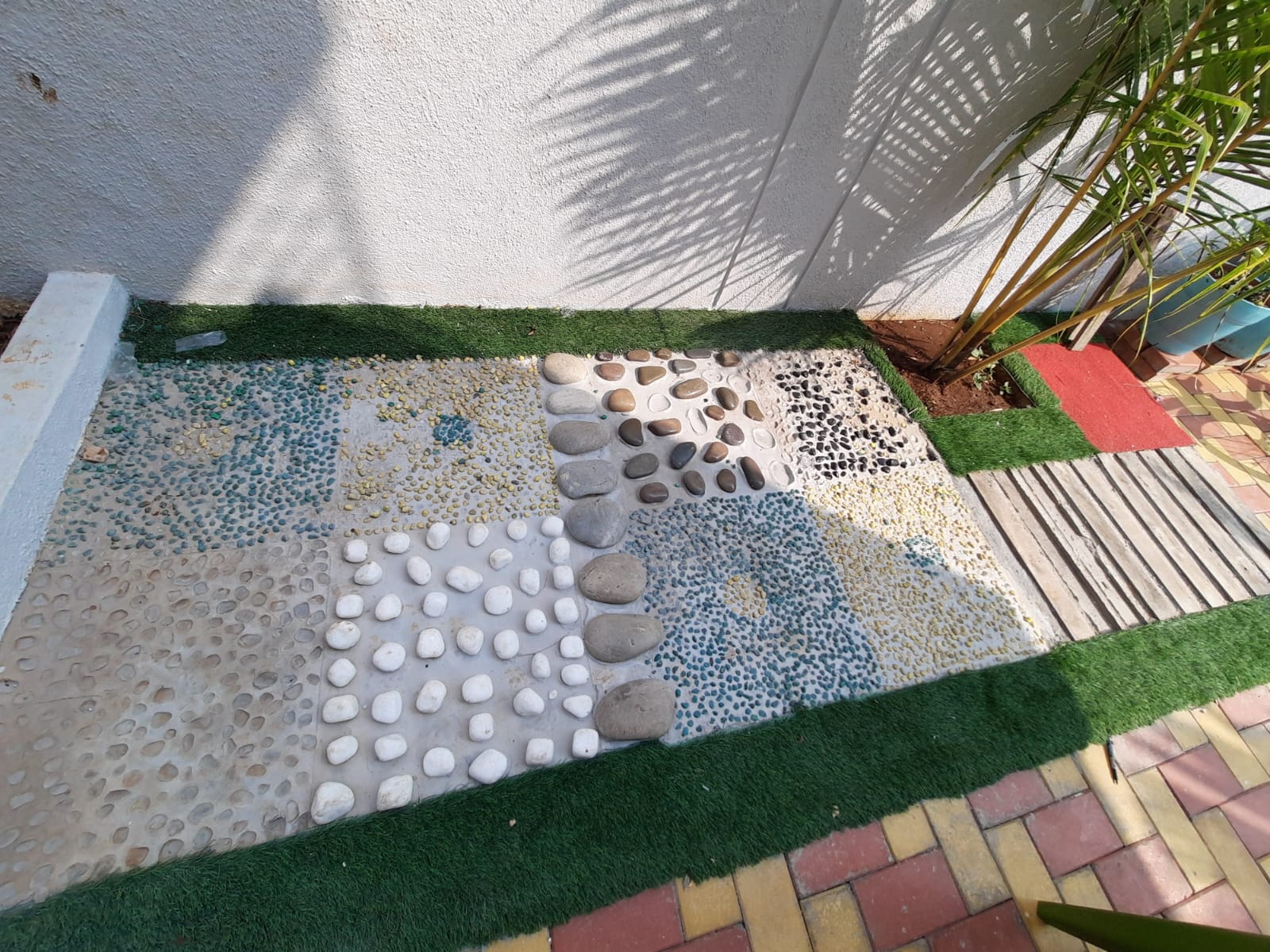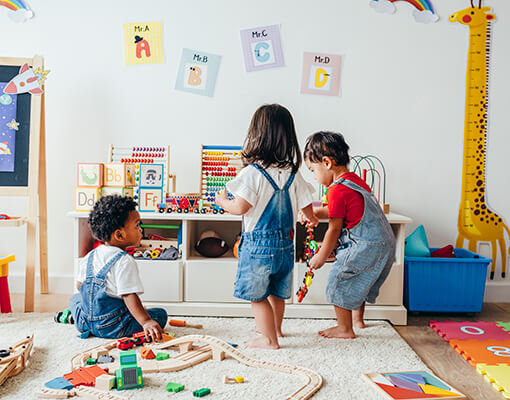Behavior Modification Therapy
It is a therapy based on learning theory. It helps children to behave in appropriate ways and makes difficult behavior obsolete by removing the triggers and teaching the children alternative, more appropriate behavior to replace difficult behavior. It can be used with autism, spectrum disorder, and intellectual, learning, developmental, and social difficulties. The key feature is that it can be implemented by everyone on a day-to-day basis and used in the natural environment.
Behavior modification is a method used to replace negative behavior patterns with desired behaviors or promote behavior change. “We use behavior modification therapy to replace unwanted behaviors with more desirable ones by using different feedbacks involving positive reinforcement ( praise, appreciation, approval, token economy), negative reinforcements, etc".
1) Dance and music therapy - Beneficial for both physical and mental health, dance therapy can be used for stress reduction, disease prevention, and mood management. In addition, DMT's physical component offers increased muscular strength, coordination, mobility, and decreased muscular tension.
2) Music therapy - Music therapy is used to aid in physical discomfort by improving respiration, lowering blood pressure, improving cardiac output, reducing heart rate, and relaxing muscle tension. For mental health, this form of therapy is great for reducing stress' common negative side effects, such as emotional and behavioral problems.
3) Arts and crafts therapy - The repetition involved also has a therapeutic, calming effect. Arts and crafts are the perfect distraction from the everyday stresses and strains of life. Live music, singing, painting, drawing, making collages, and using textiles are great stress-busting recreational activities.
4) Play therapy - Play therapy refers to a range of methods of capitalizing on children's natural urge to explore and harness it to meet and respond to the developmental and later also their mental health needs.










